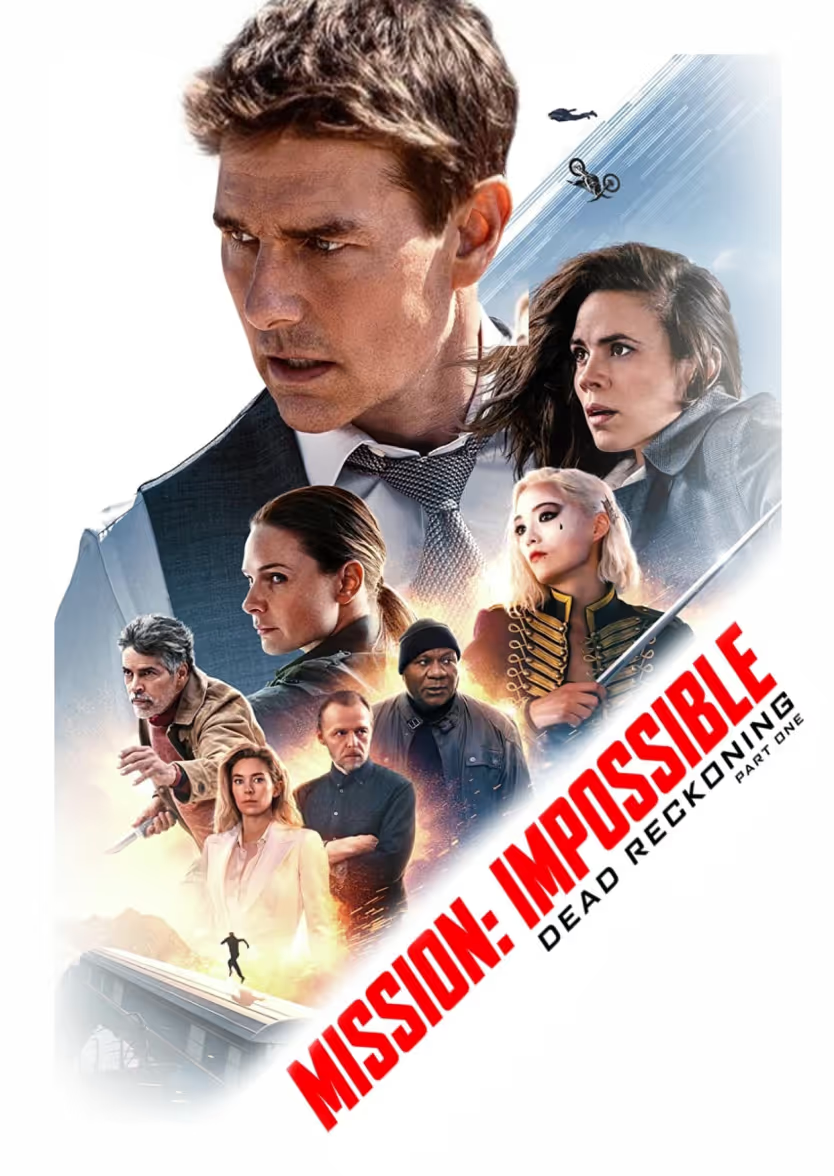There used to be a time when DaVinci Resolve and Premiere Pro were considered two fundamentally different programs. DaVinci Resolve was created as a platform that was exclusively for advanced color correction. It worked in tandem with programs like Final Cut Pro and Premiere Pro to offer fine-tuned color grades for which these programs were not fully equipped.
However, Black Magic Productions decided to take Resolve one step further and began converting the platform into a full-service non-linear editing platform (NLE). Now DaVinci Resolve is competing against long-standing NLEs like Premiere Pro as a one-stop shop video editing software.
But does DaVinci Resolve have what it takes to compete against a long-standing platform like Premiere Pro? There are many overlapping features between the two, which can make deciding which program to use a challenge, especially for editors and filmmakers who are just starting out.
But never fear. We’re here to put these programs to the test against each other and reveal the good, the bad, and the ugly of each platform.
What Do DaVinci Resolve and Premiere Pro Do?

DaVinci Resolve and Premiere Pro are both non-linear video editing programs designed for professional video editing. This means they allow you to arrange and rearrange video clips in any order to create your final product. They also include visual effects, color correction, and audio editing tools so you can polish your project to perfection.
The Main Differences Between DaVinci Resolve and Premiere Pro
While originally, DaVinci Resolve was strictly a color correction program for professional colorists, the platform has since been expanded to incorporate all non-linear editing features and tools. It is now a direct competitor to Premiere Pro.
So now, DaVinci Resolve and Premiere Pro share more similarities than differences. They both work on Windows and Mac OS, allowing you to assemble a video project from start to finish. The main differences lie in how their workspaces are laid out, their pricing structure, and a few finer features, which we’ll dive into later in our comparison. The differences we found were very much in the details.
Head-to-Head Comparison
Ok, here’s what you’ve been waiting for. It’s time to put these programs up against each other and see which ones excel in each of our key categories:
Ease of Use
- Winner: Premiere Pro
- Why: Both of these programs have something of a learning curve, but Premiere Pro is designed to be slightly more beginner-friendly than DaVinci Resolve. With included tutorials and a clean drag-and-drop interface without too many distractions, if you’ve never worked with an NLE before, you’ll likely find Premiere Pro a little easier to get your hands on.
Quality of Support
- Winner: Premiere Pro
- Why: Adobe’s customer support is top-notch. Adobe.com has hundreds of tutorials for all its software to help guide you through the different available features before you ever have to pick up a phone and talk to support or go digging around online.
If you get stuck on how to solve a particular editing problem, you can use the Adobe community to ask questions or browse previous questions and answers to help you get un-stuck. If all else fails, Adobe’s support team is available by chat, email, or phone 24/7 to help you through whatever issue you may be facing.
This isn’t to say that DaVinci Resolve doesn’t have high-quality support, but Adobe’s wide array of resources and robust community edge it out in this category.
Basic Effects
- Winner: Premiere Pro
- Why: One of the biggest selling points of Premiere Pro is its wealth of built-in effects. It includes surprisingly powerful tools like Warp Stabilizer that you’d never guess were included effects in a non-linear editing program. You can also create titles, quickly correct color, and remove video and color noise. For basic effects, Premiere Pro more than has you covered and is one of the reasons that many people choose Premiere Pro as their one-stop editing platform.
Advanced Visual Effects
- Winner: Premiere Pro
- Why: While neither platform is specifically geared towards handling more advanced visual effects, Premiere Pro still has the edge over DaVinci Resolve in the advanced visual effects category. As we mentioned before, tools like Warp Stabilizer are fairly advanced for a non-linear editing platform. With a little finessing, you can create quite advanced effects using the included tools.
Color Correction
- Winner: DaVinci Resolve
- Why: This is what DaVinci Resolve was made for, and it shows. Few other programs on the market offer such a wide range of professional color correction tools. DaVinci Resolve is still the preferred platform for many professional color correctors thanks to its ability to seamlessly integrate with color correction control hardware and the ability to refine color down to the pixel.
G2 Rating
- Winner: DaVinci Resolve
- Why: G2, one of the most trusted sources for software reviews, rated Adobe Premiere Pro as a solid 4.5/5 stars, while DaVinci Resolve edges it out with 4.7/5. This narrow margin shows how evenly matched these programs are, with loyal users rating both programs highly.
Create together remotely, in real time

Capterra Rating
- Winner: DaVinci Resolve (barely)
- Why: Capterra users rated Adobe Premiere Pro as 4.8/5 stars, while DaVinci Resolve got a slightly higher 4.8/5. Like the G2 ratings, these close rankings show how excellent both programs are and how satisfied users on both sides generally are.
Pricing
- Winner: DaVinci Resolve
- Why: Adobe Premiere Pro uses a subscription-based (SaaS) pricing model. The cost per month for Premiere Pro alone is $22.99, but it can also be bundled with other Creative Cloud programs for a reduced rate.
DaVinci Resolve, however, has a “standard” version that is available for free and includes a surprising amount of more advanced features. If you want the full package, the Studio edition is available for a one-time fee of $295 and includes free access to upgrades as they become available. That's why we’re declaring DaVinci Resolve a clear winner on price.
Who is DaVinci Resolve Best Suited For?
- Professional Color Correction: DaVinci Resolve is still a standout program for advanced color correction tools. It seamlessly integrates with professional color correction hardware and has the best functionality to get ultra-precise color grades every time.
- Editors: Whether or not you color correct full-time, DaVinci Resolve’s advanced color correction tools are more or less essential for professional editors to at least have access to for more fine-tuned color correction or color grades for their projects. Plus, with access to color grade presets, you can effectively automate your color correction process.
Who is Premiere Pro Best Suited For?
- Editors: Premiere Pro is first and foremost a video editor’s platform. From DIY filmmakers looking to quickly and seamlessly edit their footage to professional editing houses, Premiere Pro has proven itself capable of tackling any challenge when it comes to perfectly assembling footage with professional precision.
- Content Creators: For content creators who entertain their audiences on YouTube, Instagram, Vimeo, TikTok, or any other video-based platform, Premiere Pro is the perfect workhorse to help creators churn out high-quality content at a pace their fans demand. Not only is it available for your primary editing desktop or laptop, but a subscription to Premiere Pro also includes access to Premiere Rush, their iOS-based editing app that allows you to edit videos on the go right from your smartphone.
- Filmmakers: Many filmmakers will gravitate towards Premiere Pro because, for most, it has all the tools they need under one roof. It’s the perfect place to build a narrative project, even including the end credits, from start to finish. It’s a simple workflow that is perfect for storytellers who want to focus on the bigger picture without getting caught up in too many technical hurdles if they don’t want to.
So, Which One Should You Choose?
With both programs sharing a heavy amount of overlap, choosing which one you’d like to work with will likely come down to two factors: personal editing style preference and price.
Each program has a unique workspace and timeline layouts that may work better for different editors depending on how you organize your workflow.
And suppose you’re someone who wants additional software for animation or audio editing. In that case, Adobe offers Premiere Pro bundled with all their other editing programs in their Adobe Creative Cloud subscription, giving you the flexibility of working with multiple Adobe software programs, like Photoshop and After Effects, for a monthly subscription of $52.99. This significantly reduces the stand-alone price for Premiere Pro while giving you access to the complimentary programs that really help Premiere Pro to shine.
However, if you’re looking to save some cash while you’re just starting out, you can’t beat the free version of DaVinci Resolve. And the one-time purchase price for the Studio version is an appealing offer for anyone who doesn’t want to be chained to a software subscription long-term.
The best way to find out which program is right for you is to take advantage of the free trial for Adobe Premiere Pro and download the free version of DaVinci Resolve and begin experimenting. And even if you choose to edit your projects in Premiere Pro, Resolve is still a great program to have on hand to refine your color correction and apply advanced color grades to your projects.
Hopefully, this head-to-head comparison will make choosing the right software for your next project a breeze, allowing you to unleash your creative energy and focus on telling the stories that matter the most to you through stunning images.
If you’re looking for a better way to bring your remote editing team closer together and collaborate more efficiently from a distance, check out Evercast. Evercast allows you to stream your edit sessions in HD while video chatting and exchanging notes with your team, all under one platform. Because we believe collaboration is the magic behind the movies.















.avif)









.avif)


.avif)